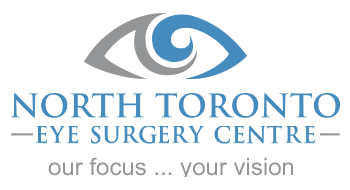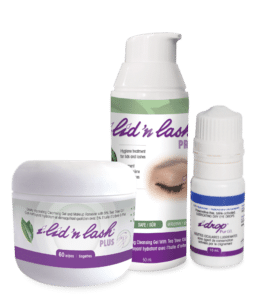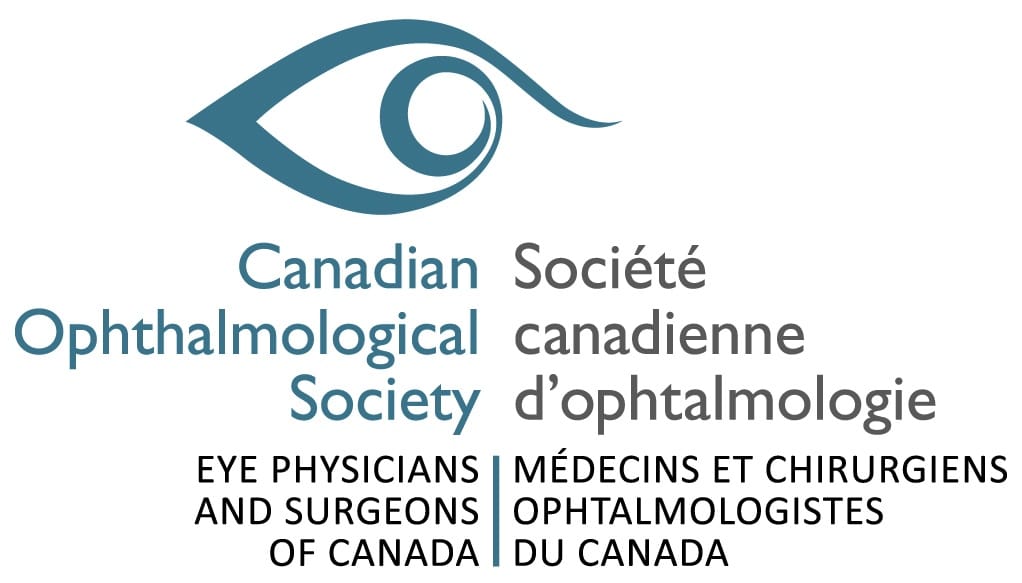Click Here For More Information
Managing Dry Eye starts with simple, low-risk steps including adjusting your environment and lifestyle to reduce triggers.
Recognizing physical conditions that exacerbate DED, as well as certain system and topical medications that may worsen symptoms is crucial for making necessary adjustments. By addressing these factors, patients can significantly reduce the impact of DED and improve their overall eye health.
Environmental Factors
Dry Eye Disease can be triggered by various environmental factors, including extreme weather conditions (both cold and heat), high altitude levels, exposure to smoke, and allergens such as pollen and dust.
Lifestyle Factors
Several lifestyle factors can contribute to the development of dry eye. These include prolonged computer or screen use without adequate blinking, frequent exposure to smoke or smoking, wearing contact lenses, having undergone previous eye surgeries, and taking certain medications that may induce dry eye symptoms.
Physical Conditions
Several physical factors can lead to the development of Dry Eye Disease. These include misalignment of the eyelids or tear ducts, hormonal fluctuations, thyroid disorders, and autoimmune conditions such as Sjogren’s Syndrome.
Symptom Management with Custom Treatment Plans:
This includes a combination of advanced dry eye therapies and home therapies to manage dry eye symptoms. Home therapies include symptoms management with home dry eye care products as well as environmental and/or lifestyle factor modifications.
Eyelid Hygiene and Warm Compresses
Maintaining clean eyelids and using warm compresses can help control inflammation and remove excess oils and buildup. This practice is essential for preventing conditions like blepharitis and ensuring the proper function of meibomian glands.
Omega-3 Fatty Acids
Adding omega-3 fatty acids to your diet, either through food or supplements, can significantly reduce inflammation in the eyelids and meibomian glands. This reduction in inflammation enhances the production of meibum (oil), leading to healthier tears and improved eye comfort.
Artificial Tears and Moisturizing Ointments
For immediate relief from dry eyes, consider using artificial tears or moisturizing ointments. Advanced lubricating eye drops, especially those free from preservatives are recommended. Regular use, typically four times a day, can provide consistent moisture and relief.
Restasis and Cequa: Enhancing Tear Production
Restasis and Cequa are prescription eye drops designed to reduce inflammation in the tear glands, thereby boosting the body’s natural tear production. These medications are particularly effective for treating chronic dry eye syndrome.
Environmental Awareness
Your environment plays a crucial role in eye health. Avoid direct exposure to air conditioning or windy conditions, and consider increase humidity levels at home or work to maintain optimal eye moisture.
Blinking Exercises for Screen Time
Prolonged screen time can lead to dry eyes due to reduced blinking. Incorporating blinking exercises can promoted full eyelid closure, which helps hydrate the ocular surface and express meibum from the eyelids, maintaining a healthier tear film.














